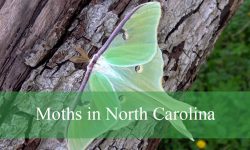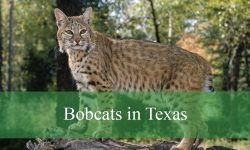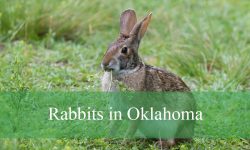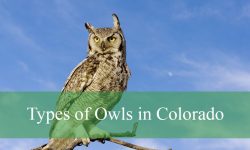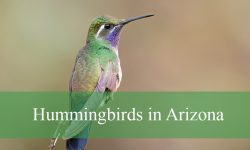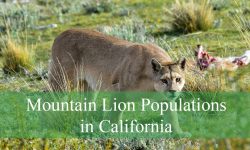Wasps in Florida contribute to the state’s rich biodiversity, presenting a fascinating array of species with diverse characteristics and behaviors. From the elegant paper wasps to the formidable digger wasps, Florida hosts a vibrant population of these insects, playing vital roles in the ecosystem.
Let’s explore the world of wasps thriving in Florida’s diverse habitats through the article below.
Different Types of Wasps in Florida
Larra Bicolor
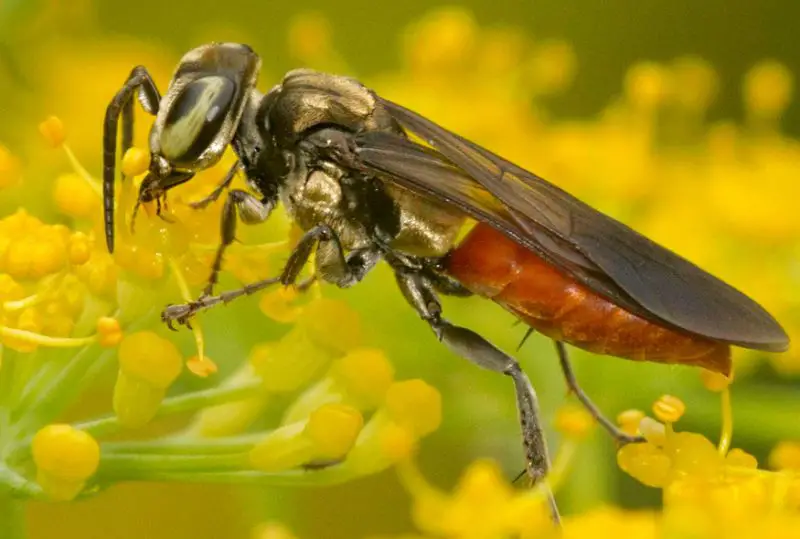
Originating in South America, the Larra bicolor wasp was brought to Florida to act as a biological pest deterrent against invasive mole crickets. When they are adults, they prefer the shrubby false buttonweed nectar to feed on. By stinging mole crickets, females immobilize them and lay their eggs on them. After hatching, larvae eat their host.
Introduced following the 1978 ban on Chlordane, this non-aggressive species successfully manages mole cricket populations in Florida and surrounding states.
Ringed Paper Wasp
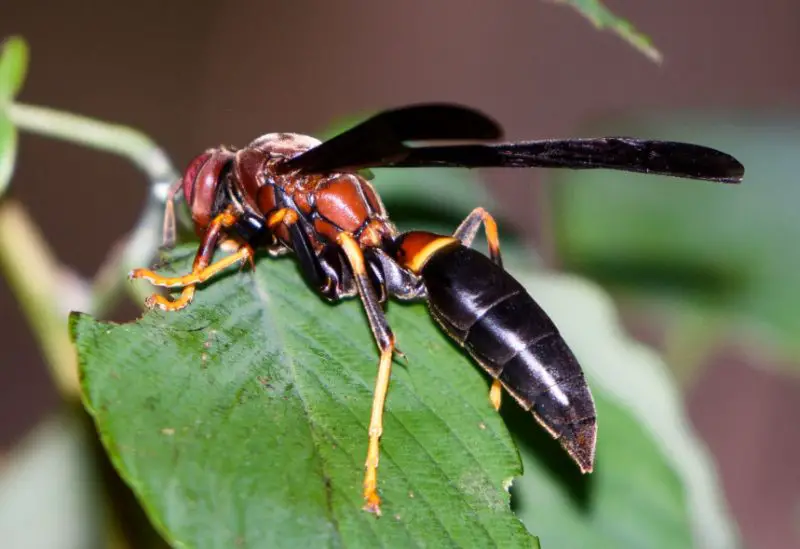
With their huge red and black bodies, Ringed Paper Wasps (Polistes annularis) are a common sight in the eastern United States. They build their nests beneath overhangs close to water sources. They have brilliant orange antennal segments and a characteristic yellow ring at the end of the first abdominal segment. They eat mostly nectar and insects.
They are usually found near water and like sheltered spots next to rocky cliffs. They can be found in shrubs, trees, and man-made structures.
Great Golden Digger Wasp
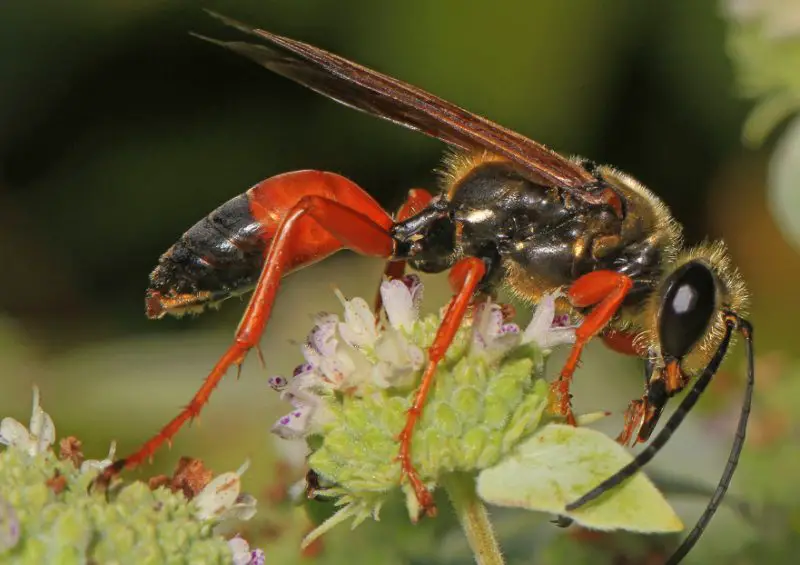
The Great Golden Digger Wasp (Sphex ichneumoneus) is generally non-aggressive, focused on nectar consumption from flowers. Females meticulously dig deep tunnels in loose soil for nesting, preying on small insects to provision each chamber. They sting and carry the prey to the nest, laying eggs on them before sealing the chambers.
Despite their beauty with orange and black coloring, their nests often attract bird predators.
Four-Toothed Mason Wasp
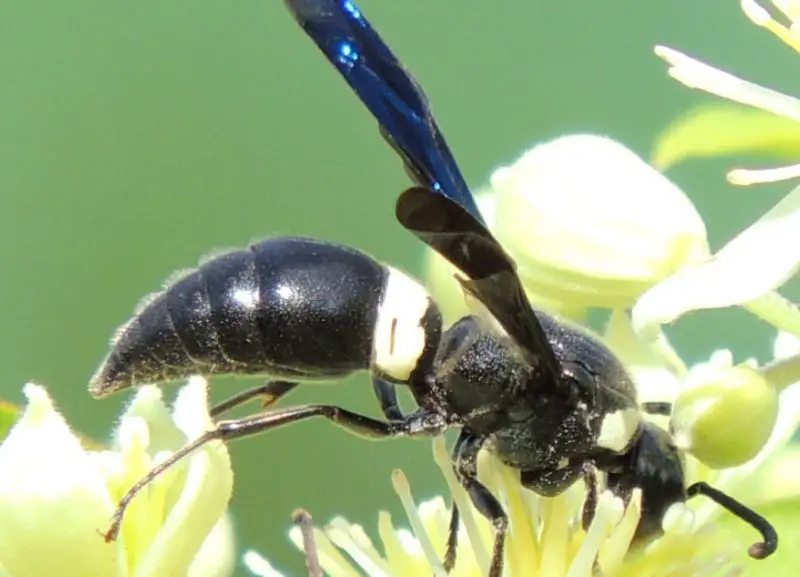
The Four-Toothed Mason Wasp (Monobia quadridens) is a solitary potter wasp with a wingspan of 0.71 inches (18mm), often feeding on pollen and small caterpillars.
Featuring black abdomens with wide ivory bands, females possess stingers, while males can deliver a painful needle prick without venom. Interestingly, males lack stingers and instead use the tips of their abdomens.
Caribbean Scoliid Wasp
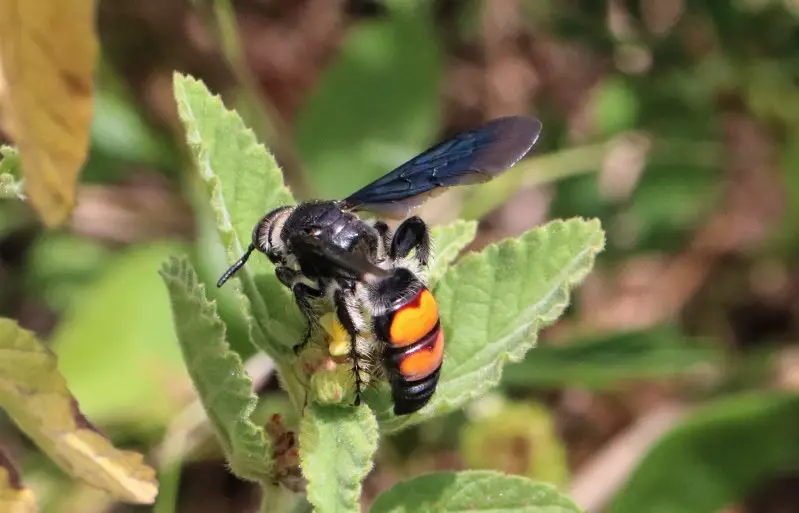
Dielis dorsata, also known as the Caribbean Scoliid Wasp, was brought to Florida in the 1930s to eradicate sugar cane pests. It is now an essential tool for controlling white grubs in turf and sugar cane care.
They sting larvae and lay their eggs within them, making them parasitic on scarab beetles. They were primarily founded in the counties of Miami-Dade, Greater Tampa, and Osceola; they are conspicuously absent from Palm Beach County.
Slosson’s Mason Wasp
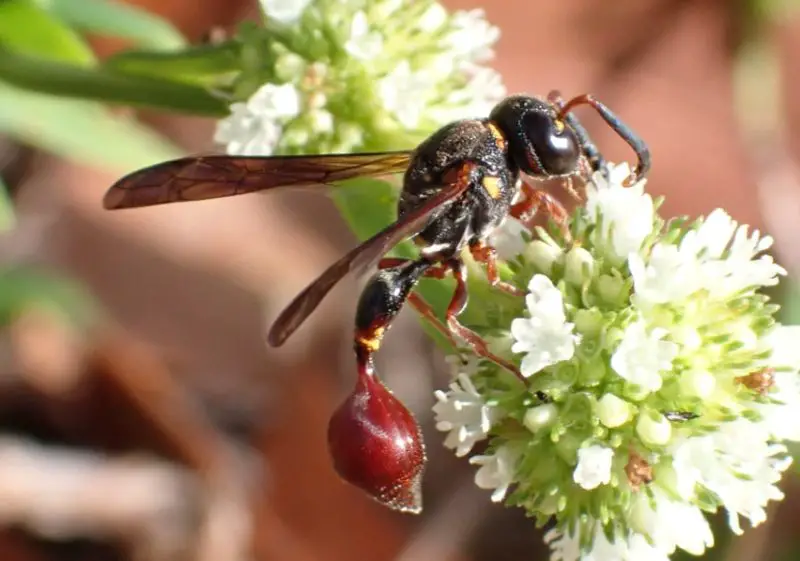
Slosson’s Mason Wasp (Zethus slossonae), named after Annie Turnbull Slosson, is a stinging Vespidae wasp found in Florida, Orlando, and the Keys. Females stock their nests with caterpillars for larvae.
Adorned in striking red, yellow, and black, they make for an eye-catching sight.
Common Thread-Waisted Wasp
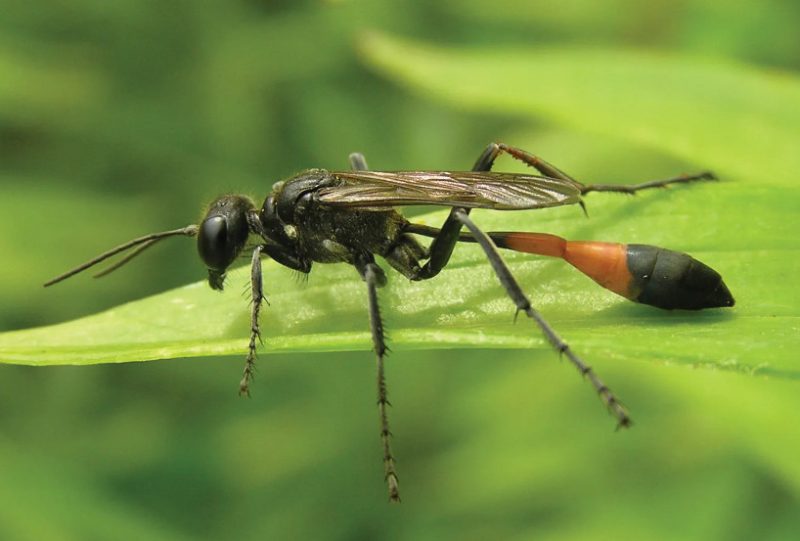
The Common Thread-Waisted Wasp (Ammophila procera) has a glossy black body with a red or orange band that is distinctively located near its tiny waist. Its waist is narrow. These ambush predators use their sting to immobilize their prey, which they then use their strong jaws to drag to their underground burrows.
They provide sustenance for the larvae by laying a single egg on the paralyzed insect. They are not violent, but if they are bothered, they might sting defensively.
Ammophila Pictipennis
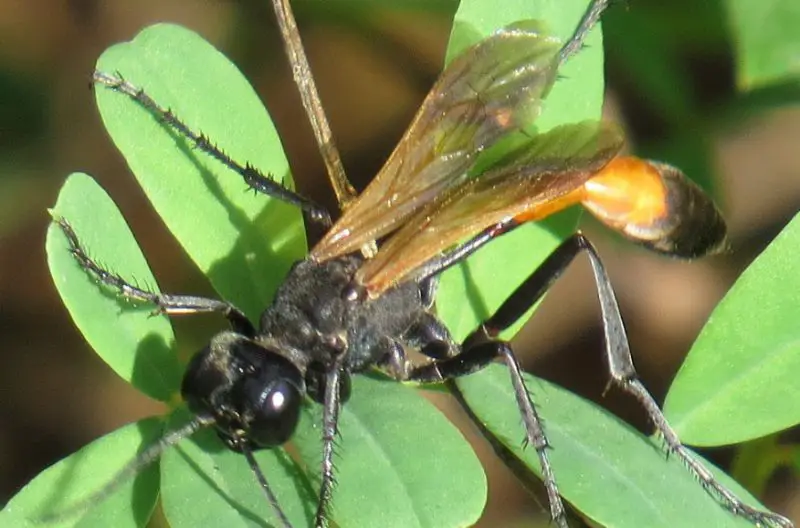
Ammophila pictipennis, an eastern species, features bright orange wings without silver thorax markings. Often spotted on field flowers, they feed on nectar and are most prevalent in summer.
As parasitoids of caterpillars, they lay eggs in shallow nests alongside prey, allowing larvae to consume caterpillars upon hatching.
Nearctic Blue Mud-Dauber Wasp
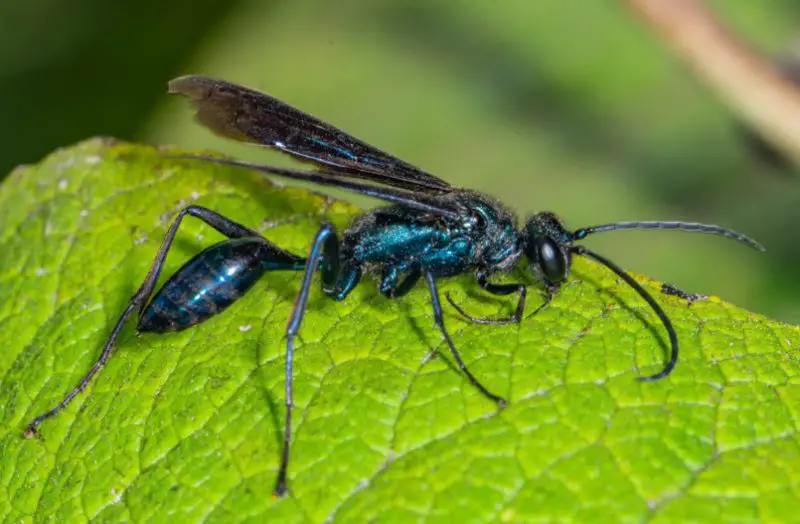
The Nearctic Blue Mud-Dauber Wasp (Chalybion californicum) sports a metallic blue hue and preys on venomous black widow spiders. Females construct nests, often refurbishing abandoned ones, while males lack stingers. Non-aggressive, females sting defensively.
Adults pollinate wildflowers while feeding on nectar, while larvae feed on spiders, with females hunting spiders for nest provisioning, often under rocks or on the ground.
Eastern Yellowjacket
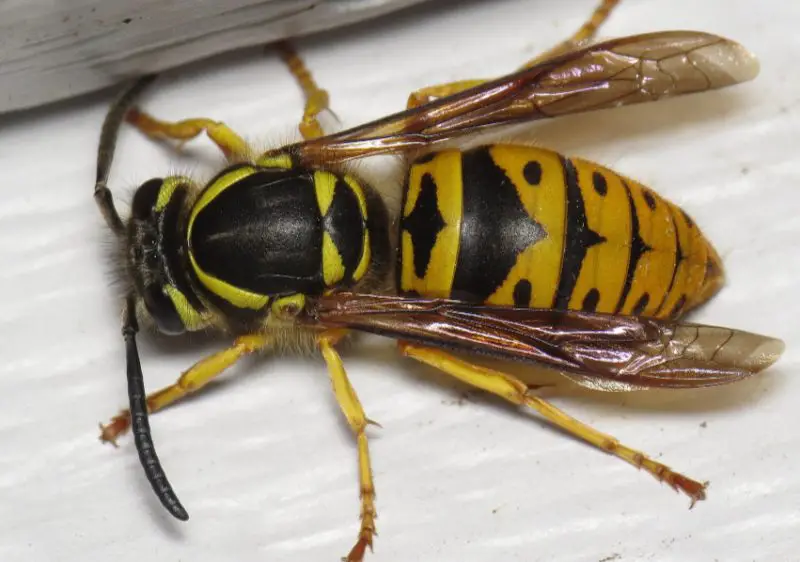
Eastern Yellowjackets (Vespula maculifrons) are common in eastern North America, favoring recreational areas and man-made structures for nest building. Highly social, they form large colonies and fiercely defend their nests. Recognizable by their black and yellow markings, they construct nests from worn wood, reaching up to 11.8 inches in diameter.
Often found in urban, suburban, and forested areas, they prefer sheltered locations like attics and tree stumps.
Bahamian Paper Wasp
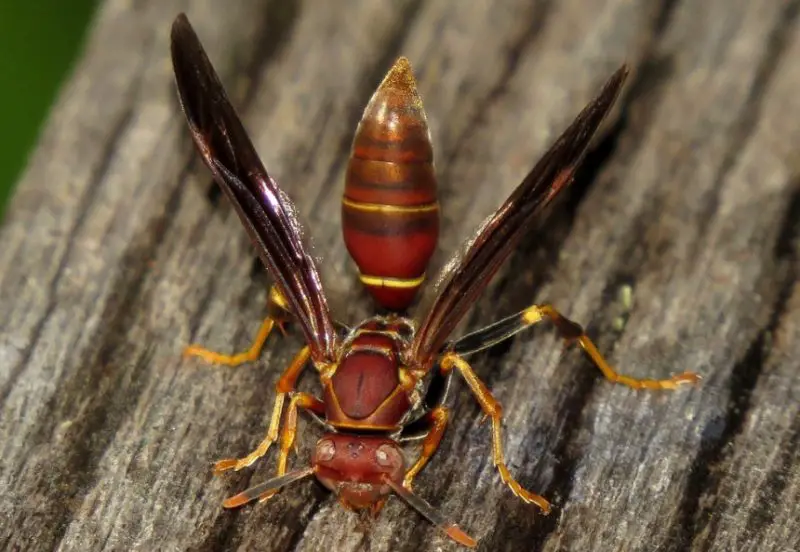
The Bahamian Paper Wasp (Polistes bahamensis) features a yellow spot on its back and a distinct yellow marking on the mesosoma. Initially recorded in Florida in the 1930s, they’ve since spread from Florida to Louisiana, building nests throughout the region, though they can be challenging to identify.
Metallic Bluish-Green Cuckoo Wasp
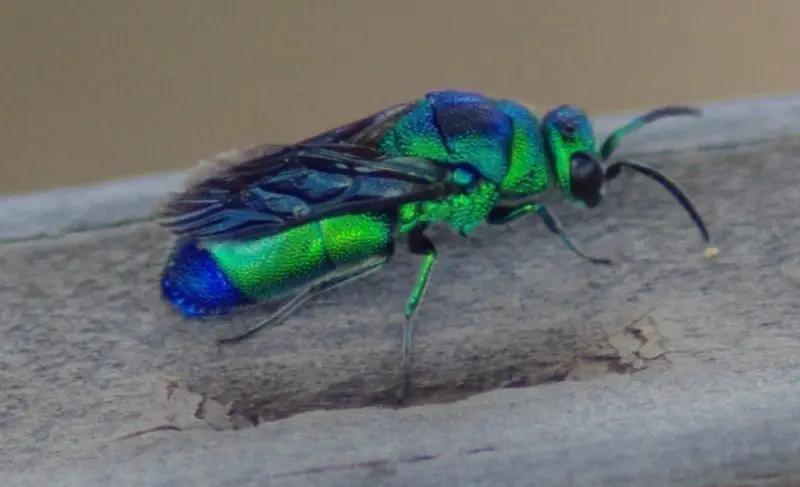
During World War II, the invasive parasite Chrysis angolensis, also known as the metallic bluish-green cuckoo wasp, was brought to North America. Its thorax, head, and body are metallically plated in blue to green colors. While females have three abdominal segments, males have four.
These wasps have three smaller eyes placed in a triangle and huge eyes on the sides of their heads.
Four-Banded Stink Bug Wasp
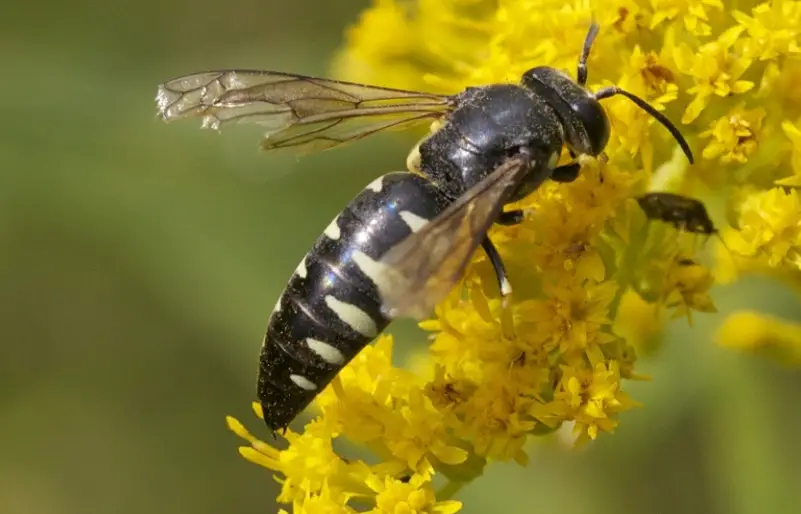
The Four-Banded Stink Bug Wasp (Bicyrtes quadrifasciatus) reaches lengths of 19mm and frequents flowers for foraging. Females immobilize true bugs to supply their nests.
These sizable sand wasps are common in Florida, featuring a solid black exoskeleton plate on the upper side of the mesonotum. Their black abdomen bears distinctive markings, with females displaying four pairs of spots and males five, forming broken bands.
With clear forewings and yellow legs, they’re easily identifiable.
Horse’s Paper Wasp
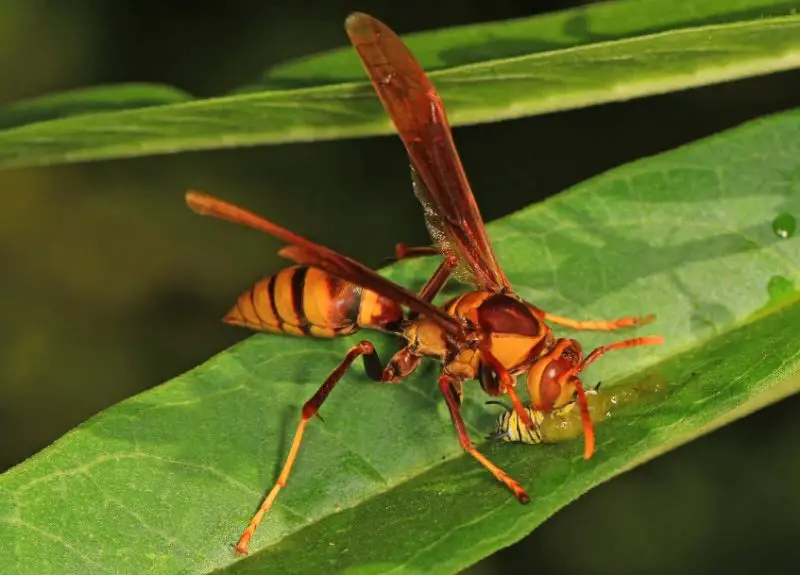
The horse’s paper wasp (Polistes major) is a sizable insect reaching up to 0.87 inches (22mm) long, boasting a 1.8 inch (45mm) wingspan.
Sporting yellow bodies with brown patterns, they construct nests from chewed wood forming open combs housing numerous cells. These nests, about 19cm wide, are commonly sighted under window frames, roofs, branches, leaves, palm fronds, and bridges.
Hunter’s Little Paper Wasp
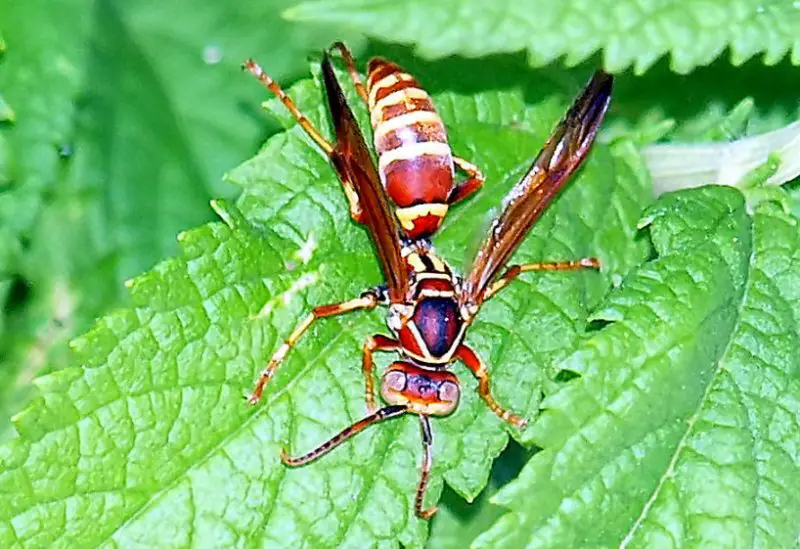
The Hunter’s Little Paper Wasp (Polistes dorsalis) is a petite species featuring a distinctive exoskeleton with a black and yellow shield-like plate and elongated antennae.
Preferring secluded spots, they construct their nests in rock piles, hollow logs, and low-lying sites. In urban settings, they often nest beneath roof edges or within shrubbery, crafting compact homes accommodating up to 75 adult wasps.
Feather-Legged Scoliid Wasp
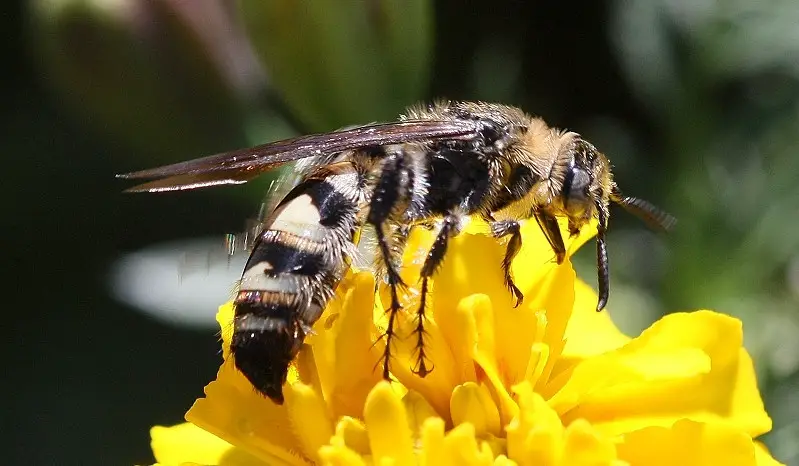
The Feather-Legged Scoliid Wasp (Dielis plumipes) reaches approximately 25mm in length, boasting striking yellow or cream/white abdominal bands. Males sport longer antennae than females.
Despite their beauty, they are docile and solitary insects, adept at controlling nuisance beetles. Acting as efficient pollinators, their feathered limbs collect pollen while they hover from flower to flower, seeking sweet nectar.
Metric Paper Wasp
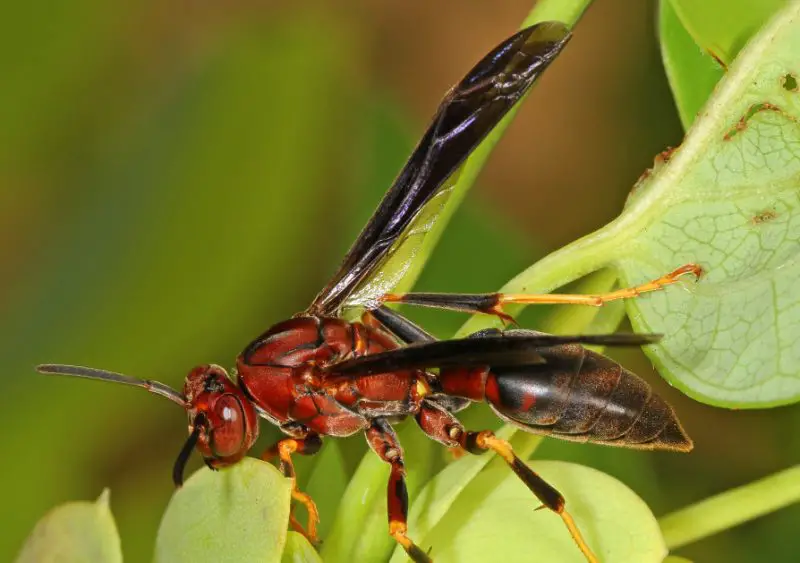
The Metric Paper Wasp (Polistes metricus) exhibits a dark rusty hue with black thorax markings, while its abdomen is predominantly black with yellow tarsi. Females display more rusty-red coloration on the head and mesosoma, with limited yellow markings, whereas males feature less red and more black, with additional yellow.
They meticulously select sheltered nesting sites in barns, sheds, and under eaves, often near water sources for hydration.
Mexican Paper Wasp
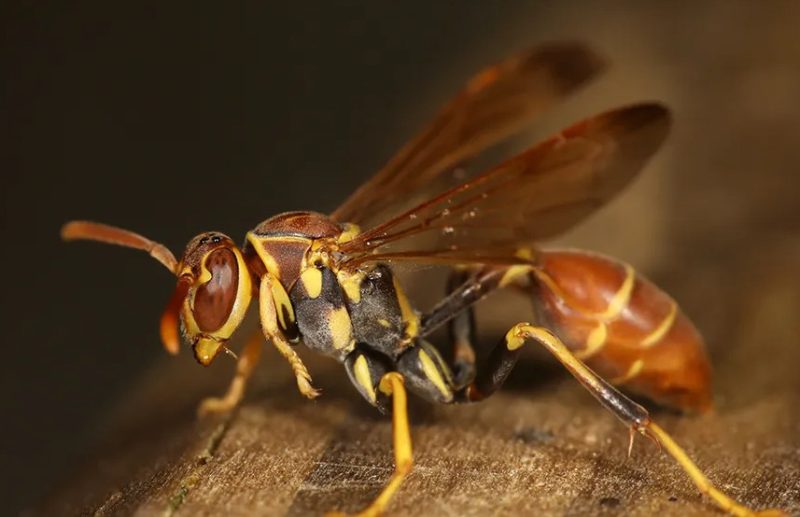
Mexican Paper Wasps (Mischocyttarus mexicanus) feature distinctive asymmetrical internal and external lobes on their tarsal segments and sharp secondary margins on their pronotum. Males are identifiable by their short, thick antennae.
Sporting shades of orange to yellow, they frequent cabbage palms, oak trees, Spanish moss, and human-made structures for nesting.
Red-Marked Pachodynerus Wasp
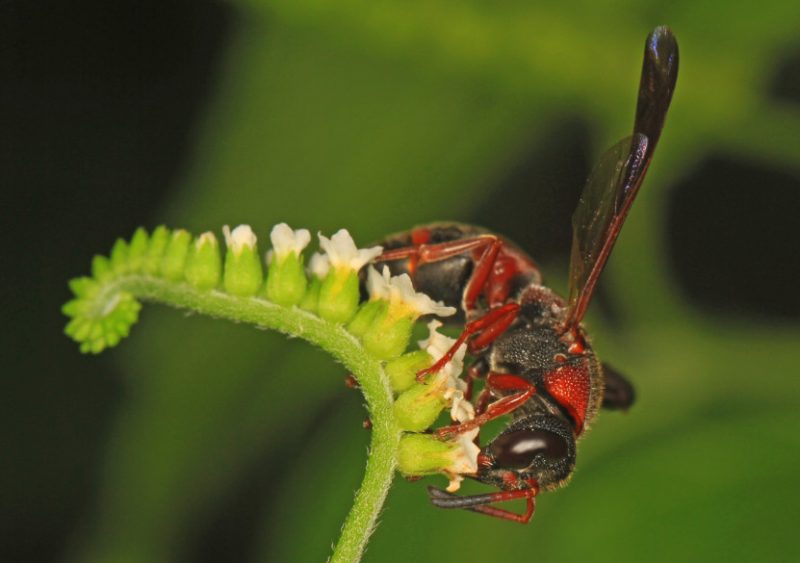
The Red-Marked Pachodynerus Wasp (Pachodynerus erynnis) exhibits similar coloration between males and females, distinguished by a white to yellow pentagonal spot on the male’s face and red coloration on the female’s head.
These pollinating insects feed on flower nectar and construct nests from dry soil and saliva, forming mud structures. They’re adept at tunneling through mortar between bricks to create safe havens for their offspring.
Southern Yellowjacket
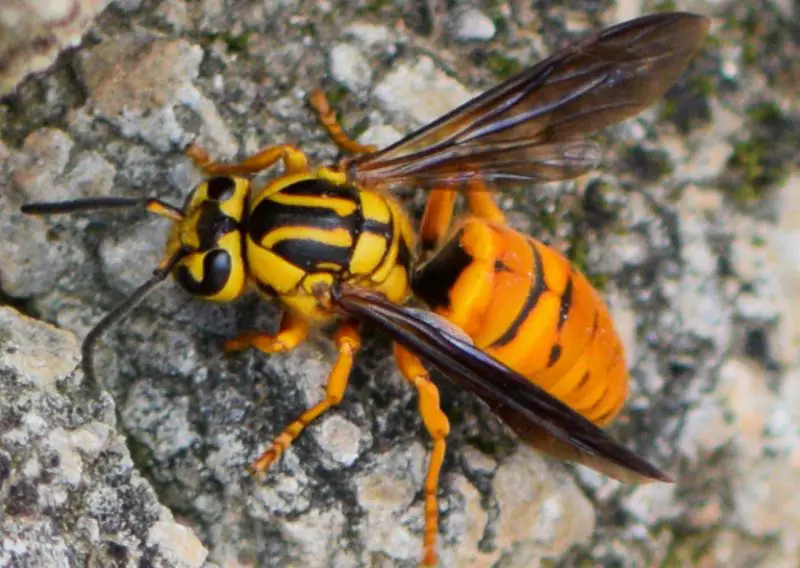
The Southern Yellowjacket (Vespula squamosa) is a distinctive social wasp recognized by its black and yellow markings, with an orange queen. Growing to about 0.5 inches (1.3cm) in length, queens are larger with orange coloring.
Their nests, found in various habitats including parks, roadsides, yards, and pine forests, consist of chewed vegetable fibers and can house colonies of up to 450,000 cells. The largest reported nest measured 45 inches (114.3cm) in diameter and contained 39 cones.
Noble Scoliid Wasp
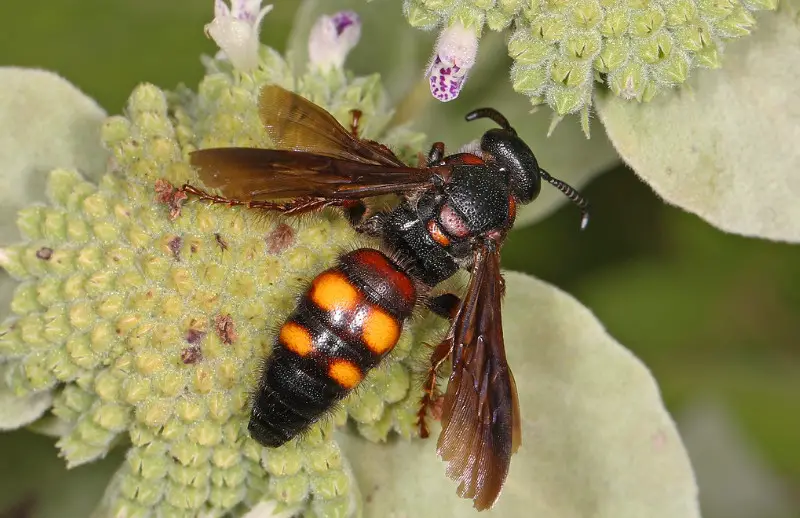
The Noble Scoliid Wasp (Scolia nobilitata) is a solitary beetle hunter, with females digging in soil to find prey. These small wasps, measuring half an inch, feature red legs and dark wings. Females display up to three yellow or orange spots on their abdomens, while males typically have yellow banding.
Yellow-Legged Mud-Dauber Wasp
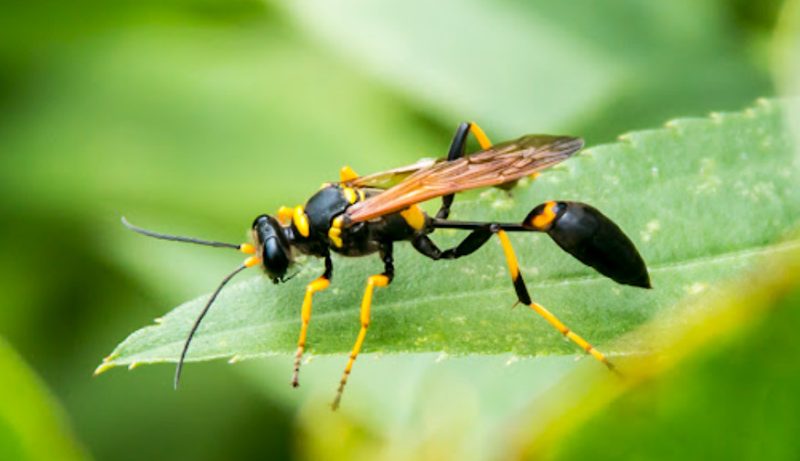
The Yellow-Legged Mud-Dauber Wasp (Sceliphron caementarium) reaches lengths of up to 1.10 inches (28mm) with distinct yellow markings on its thorax and legs. Solitary in nature, they construct their nests from mud, often in shaded areas for protection.
These wasps, uniquely marked with yellow legs, are commonly found in various natural and man-made structures like bridges, barns, garages, and home eaves.
Three-Banded Scoliid Wasp
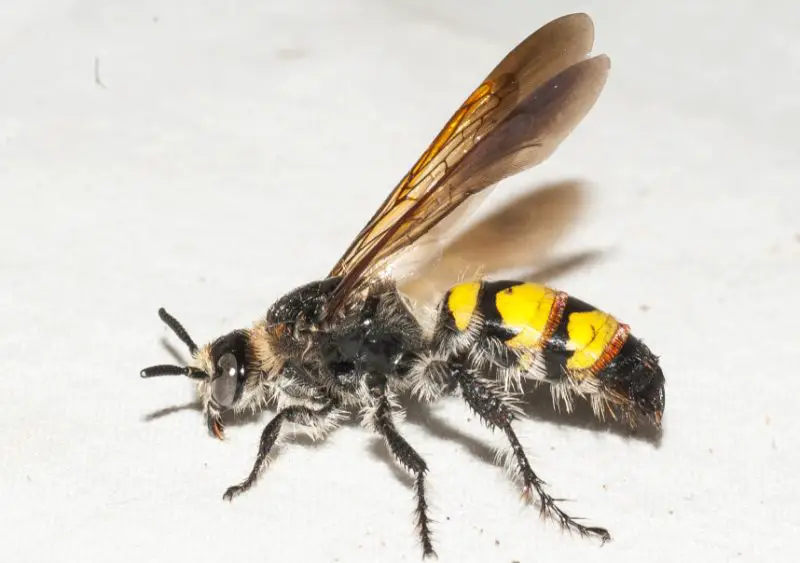
The Three-Banded Scoliid Wasp (Dielis trifasciata) stands out with its vivid yellow to orange stripes, particularly noticeable in the three bands on females’ abdomens. Both genders reach about 15mm in length, sporting a consistent color and pattern.
These robust wasps are parasitoids, targeting soil-dwelling scarab beetle larvae. Males typically fly near the ground, while females land to dig with their mandibles.
Dark Paper Wasp
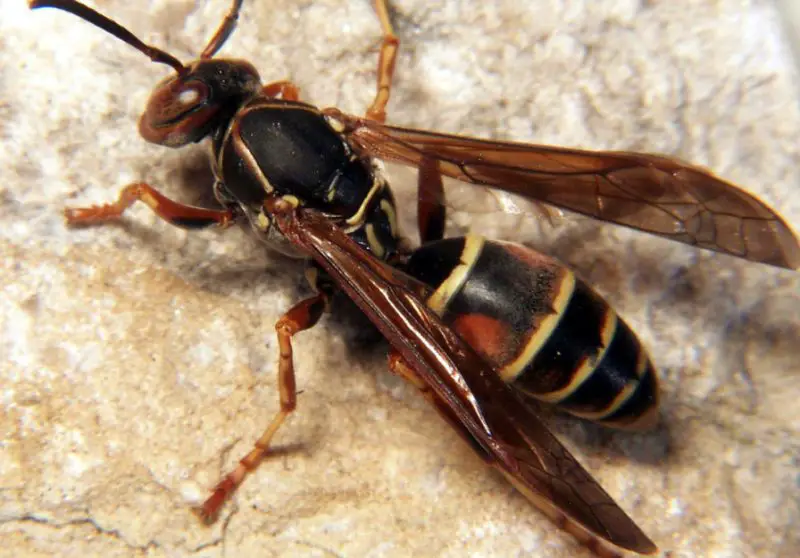
Dark Paper Wasps (Polistes fuscatus) are prevalent in woodlands, savannas, and human environments with exposed wood. Growing up to 21mm, they sport a slender build with dark red/brown hues and yellow banding. Their pointed heads and curved antennae tips (in males) distinguish them.
While mainly feeding on plant nectar, they’re also insectivores, preying on caterpillars and other small insects.
Guinea Paper Wasp
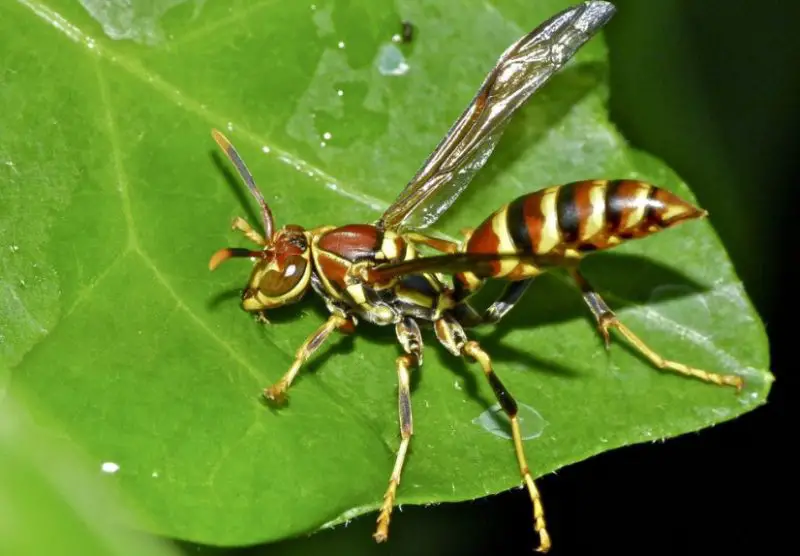
Guinea Paper Wasps (Polistes exclamans) exhibit yellow markings, particularly on their heads, and purple-colored wings. Their antennae feature distinctive bands of yellow, black, and red. Females boast a forewing length of up to 16.5mm, while males span 15mm.
Notably, these wasps are renowned for forming satellite nests, with up to 39 percent established between May and July, wherein the queen relocates up to 11 meters from the original nest.
Polistes Bellicosus
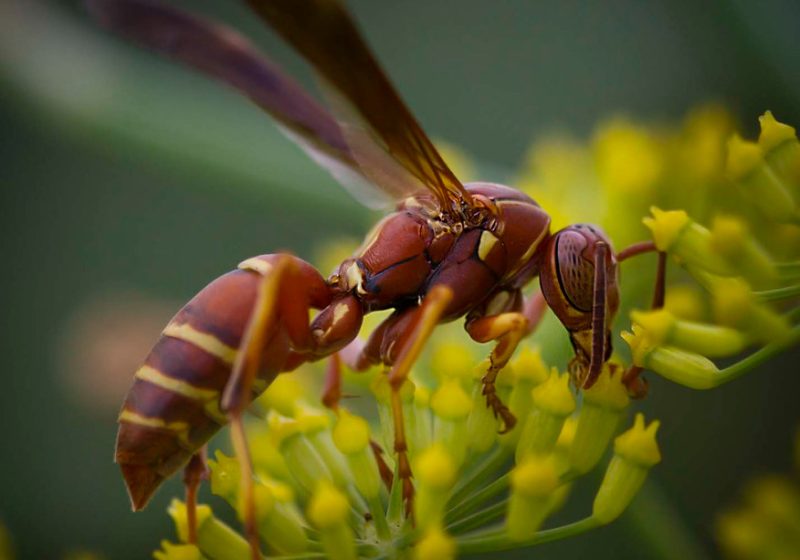
Polistes bellicosus males and females showcase lemon yellow abdominal segments, with females distinguished by a central longitudinal black line on the mesothorax. Males sport two longitudinal lines on the mesothorax sides. Both genders exhibit yellow mandibles.
Utilizing small fibers from weathered wood, they craft paper for nests, compressing it with their mandibles into cell sheets. Nest openings are positioned at the bottom.
Eastern Cicada-Killer Wasp
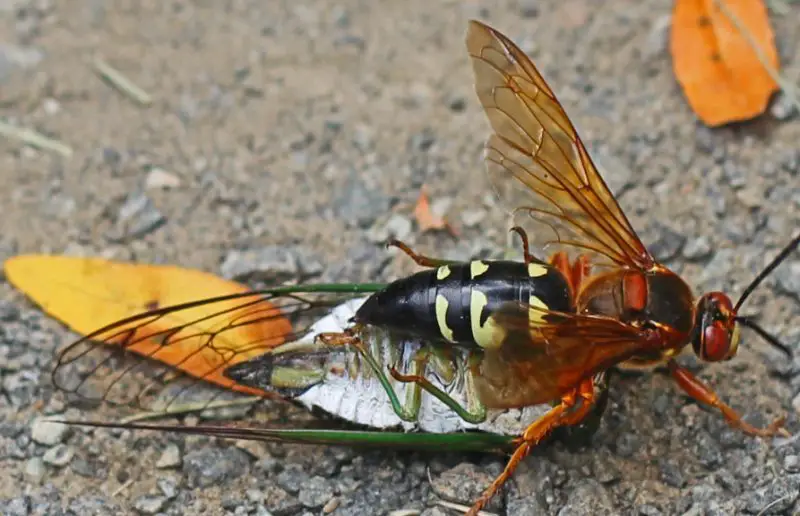
The Eastern Cicada-Killer Wasp (Sphecius speciosus) is a sizable solitary digger belonging to the Crabronidae family, often mistaken for hornets. Growing up to 2 inches (5cm), they sport red and black hairy midsections with black to red/brown abdomens featuring light yellow stripes.
With brown wings, they prefer well-drained sandy soils and nest in various locations, including window boxes, planters, and flower beds.
Fraternal Potter Wasp
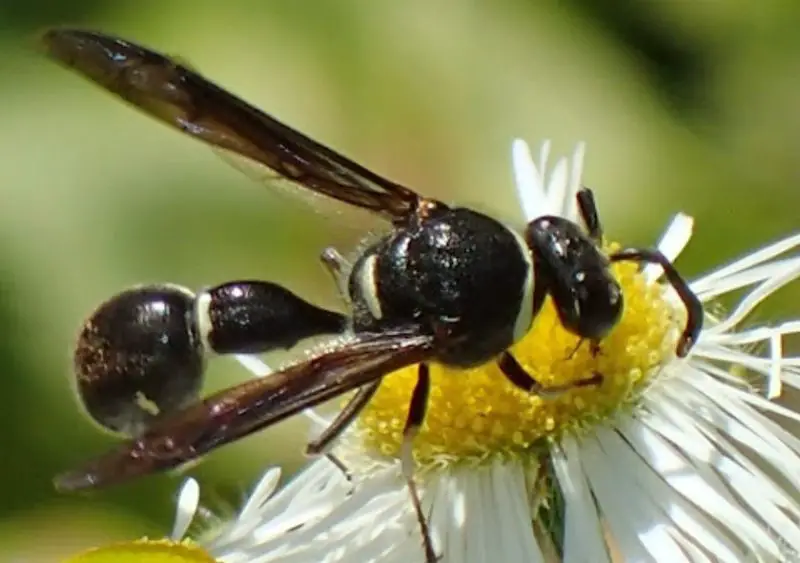
Female Fraternal Potter Wasps (Eumenes fraternus) construct small mud pots, each containing an egg and a live caterpillar for larvae nourishment, sealing them with lids before moving on to create more.
With a long, slender first abdominal segment, they reach up to 0.8 inches (20mm) in length, showcasing black bodies with ivory markings. Their forewings span up to 12.5mm in females and 10.5mm in males.
Large Four-Spotted Scoliid Wasp
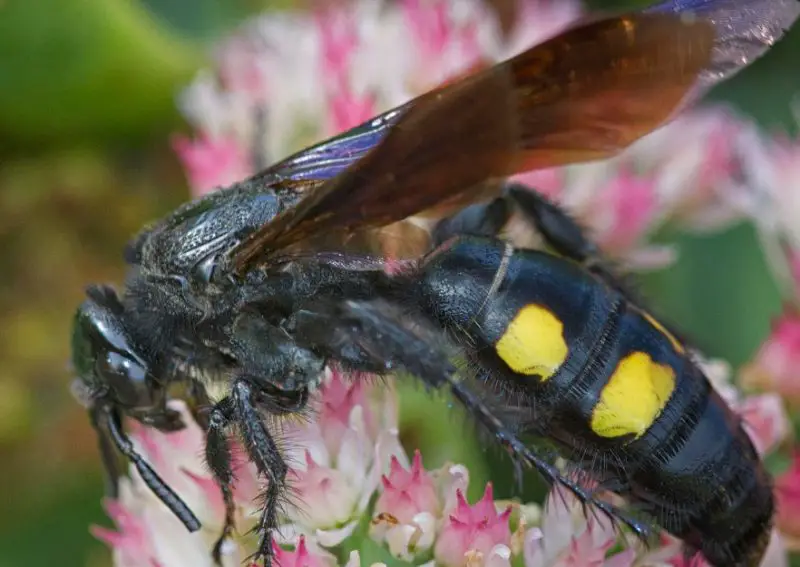
The Large Four-Spotted Scoliid Wasp (Pygodasis quadrimaculata) reaches lengths of 35mm, featuring distinct markings on the female abdomen – four orange spots. Males display a variable pattern, often with two to three yellow spots and/or banding. Their black legs and unique wing vein patterns further characterize them.
Blue-Eyed Ensign Wasp
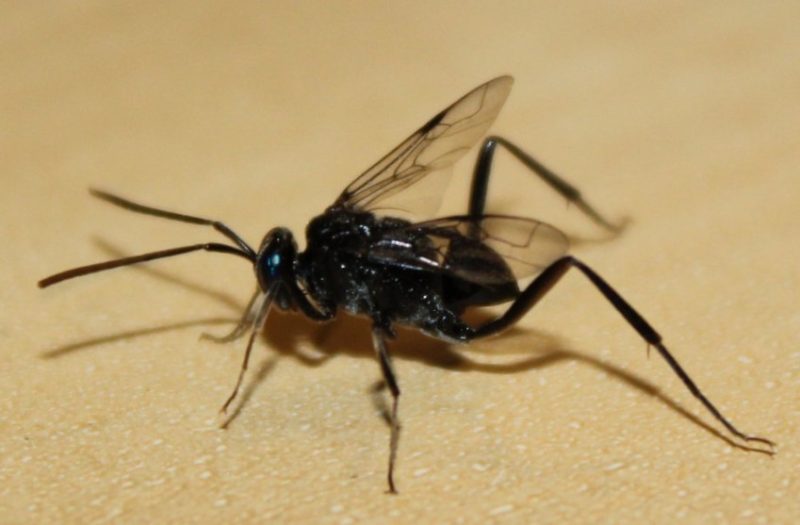
As a member of the Evaniidae family, the Blue-Eyed Ensign Wasp (Evania appendigaster) is endemic to Asia, though its exact range is unknown. With a 7mm fore wingspan, they are one of the largest ensign wasps that specialize in parasitizing cockroach eggs.
Sporting black bodies and striking blue eyes, they’re characterized by a constricted abdominal petiole held in a flag-like position, reminiscent of an ensign.
Blue-Winged Scoliid Wasp
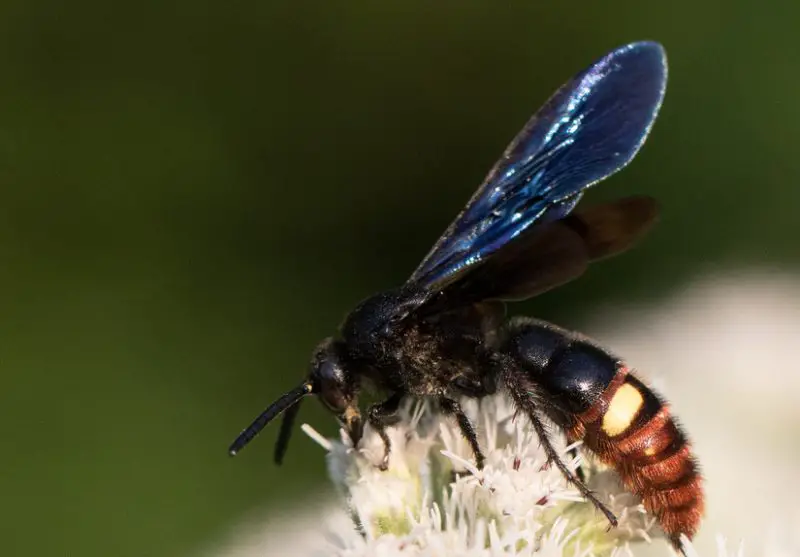
The two-spotted scoliid wasp, also known as the blue-winged scoliid wasp (Scolia dubia), grows to a maximum size of 1.0 inch (2.5 cm). They have two segments of the abdomen, a red abdomen with two yellow dots on the third, and black heads and thoraxes.
They consume flower nectar while flying on blue-black wings. The females are skilled at searching the earth for beetle grubs and stinging them before continuing to burrow until they reach a cell large enough to lay eggs.
Fine-Backed Red Paper Wasp
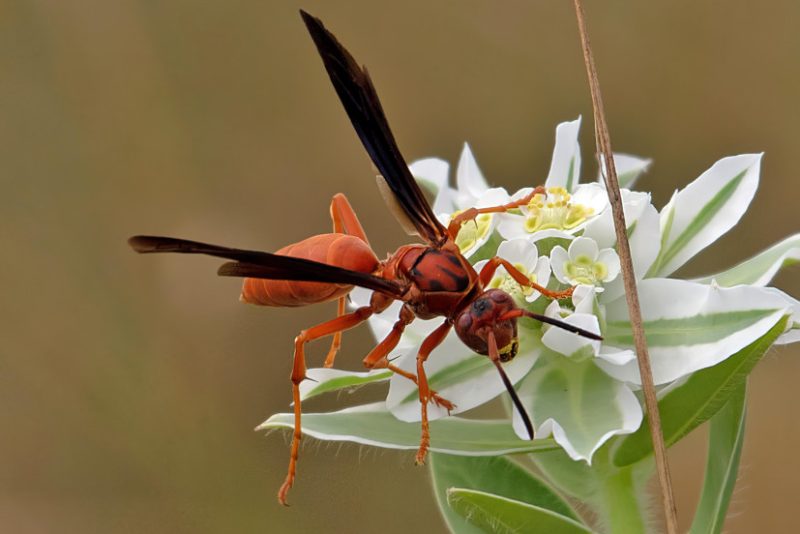
The Fine-Backed Red Paper Wasp (Polistes carolina) has black wings that can grow up to 32 mm in length with a reddish-brown coloring. They are known to build nests close to people, even under residential roofs, and they prefer protective locations such as hollow trees.
Golden-Reined Digger Wasp
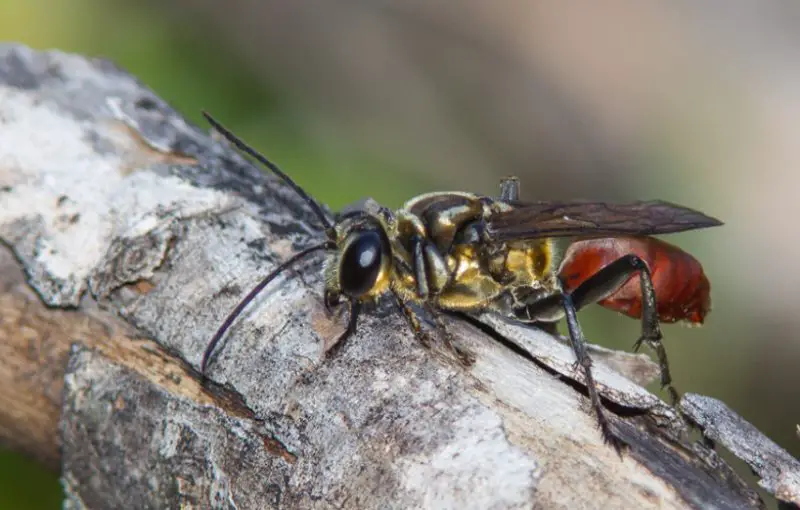
The female Golden-Reined Digger Wasp (Sphex habenus) is slightly smaller, measuring about 25mm, compared to the male’s 29mm maximum length. They have a dark abdomen with golden highlights on the face and thorax. From midsummer until fall, they are frequently seen in fields, sucking nectar from flowers.
Double-Banded Scoliid Wasp
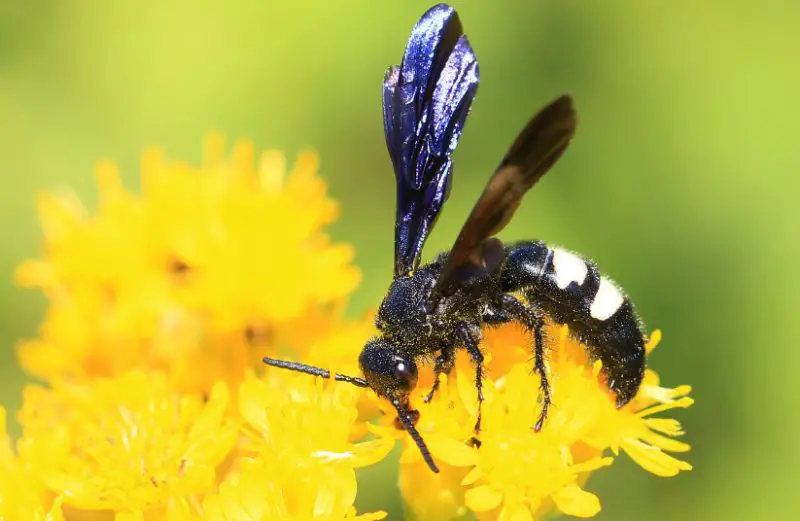
The body length of double-banded scoliid wasps (Scolia bicincta) can reach 25 mm. These medium-sized wasps have two creamy white bands on their abdomens and are hairy and black. In late June, they are frequently observed on blooms in fields.
Great Black Digger Wasp
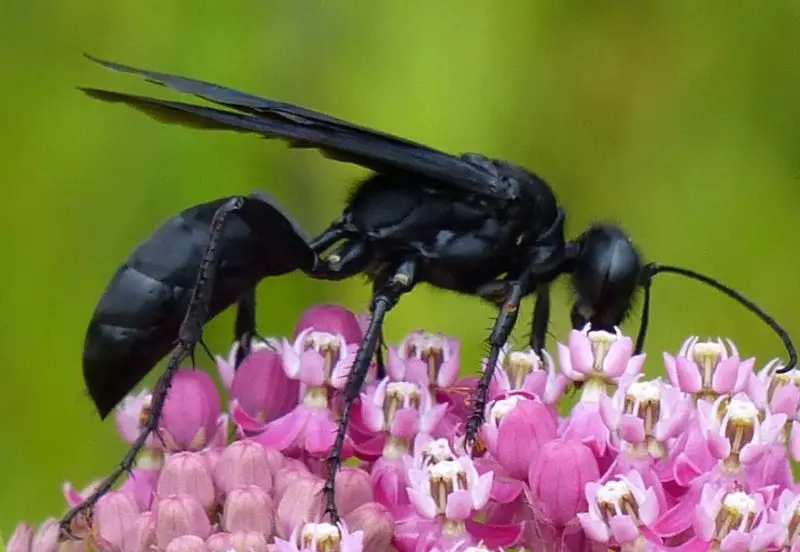
Male Great Black Digger Wasps (Sphex pensylvanicus) are slightly smaller than females, with a maximum length of 1.4 inches (35 mm). Although not very strong, its sting can make you swell. Their wings have a smoky tint and a dark coloring.
Keyhole Wasp
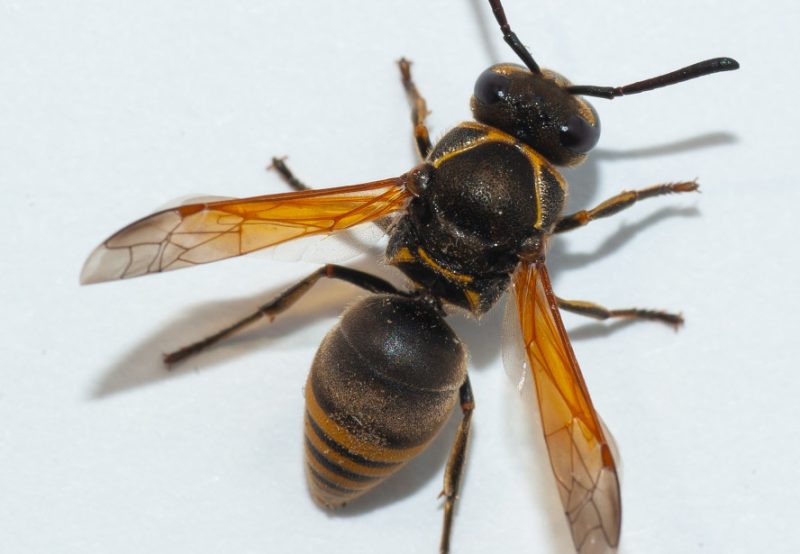
One stinging member of the Vespidae family that was brought to North America was the Keyhole Wasp (Pachodynerus nasidens). They are known to be a concern to aviation and are drawn to aircraft pitot tubes for nesting.
They visit goldenrods, swamp titi, and shrubby false buttonweed during the day and drink their nectar.
Zeta Argillaceum
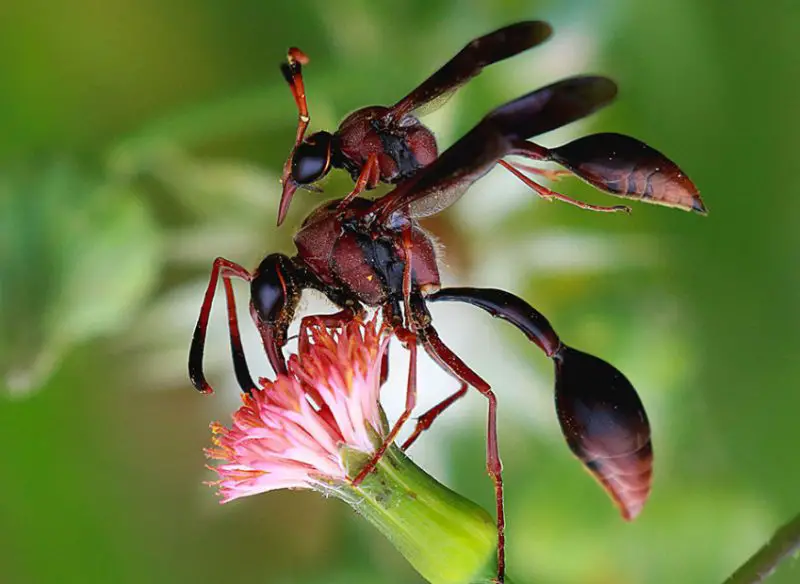
Due to unintentional introduction, Zeta argillaceum, a species of potter wasp, has become widespread in the southern United States and thrives in a variety of settings, including cities. They construct nests in clusters on building walls, each with a single entrance hole.
Zethus Spinipes
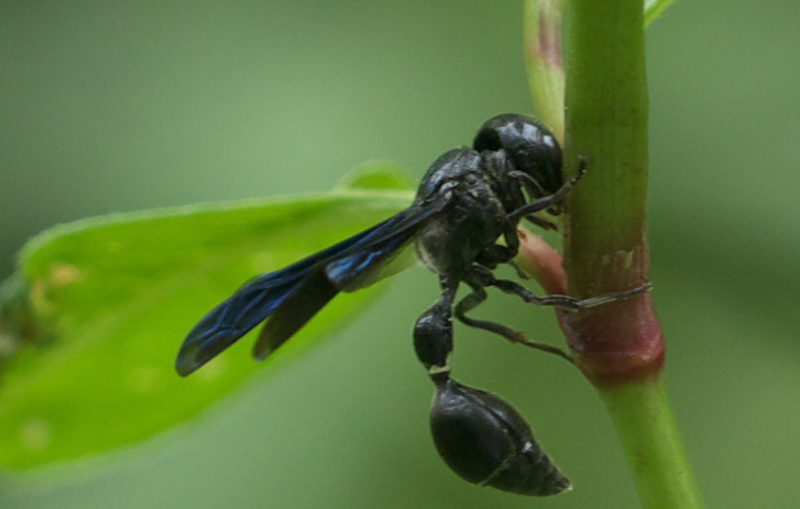
Zethus spinipes is a stinging wasp that belongs to the Vespidae family and is frequently seen in flower-rich areas such as fields and meadows.
Their front wingspan is 14 mm, and they can grow up to 15 mm in length. They frequently forage during the day at gulf croton, late-flowering thoroughwort, and blazing stars.
Gold-Marked Thread-Waisted Wasp
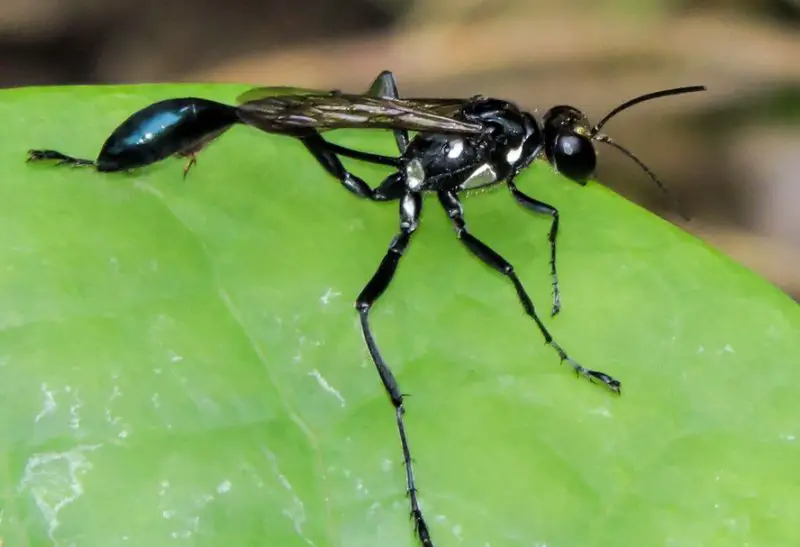
With a waist like a thread, the Gold-Marked Thread-Waisted Wasp (Eremnophila aureonotata) can reach a maximum length of 22mm. Their propodeum and thorax have areas of silver to gold, and their black bodies reflect blue light.
Often observed in former fields and the margins of forests, they often visit wildflowers in search of nectar. While they consume a variety of insects, their larvae have a preference for Notodontidae moths.
Organ-Pipe Mud-Dauber Wasp
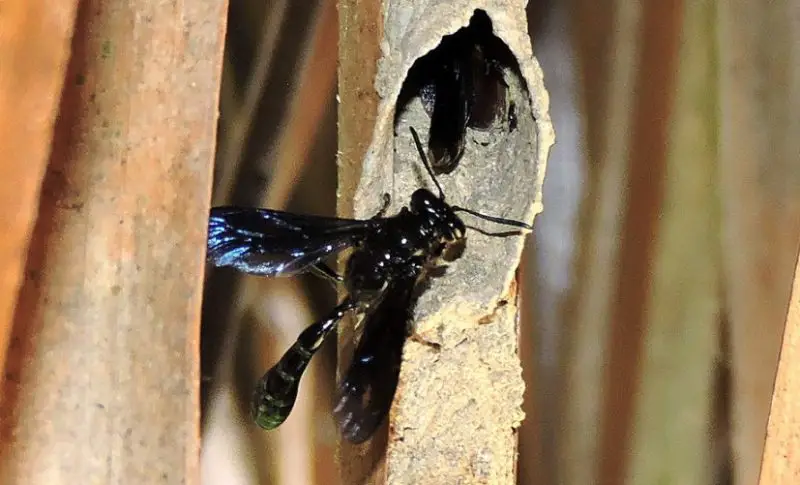
At 5.1 cm in length, the Organ-Pipe Mud-Dauber Wasp is a fearsome predator. Males and females, who are active from May to September, have glossy black bodies and pale yellow to white rear legs.
Their primary diet is spiders, and they build their nests in tree holes or beneath bridges. When building, they like smooth vertical surfaces, shade, and closeness to mud, and they look for shelter from the rain.
Jamaican Digger Wasp
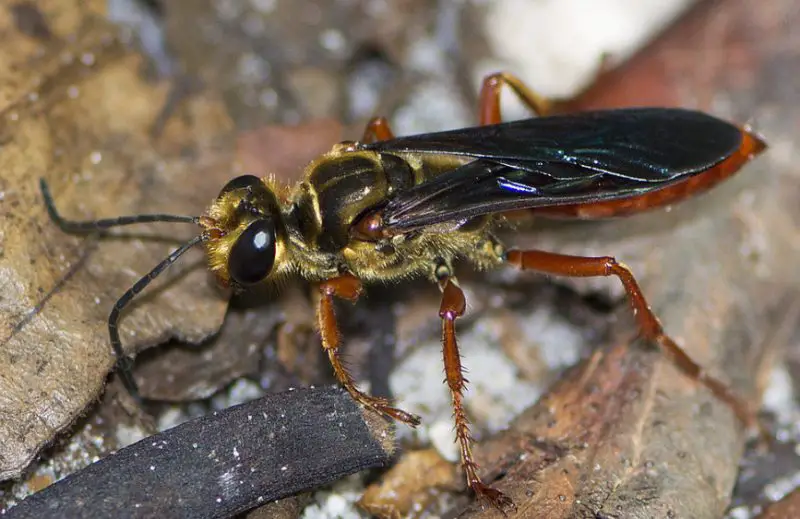
With its black wings and rusty orange color, the Jamaican Digger Wasp (Sphex jamaicensis) is a common sight in South Florida farms and parks.
Warmer climates are ideal for these lone wasps, who dig underground nests to lay eggs, protect their young, and feast on flowers.
Rusty Spider Wasp
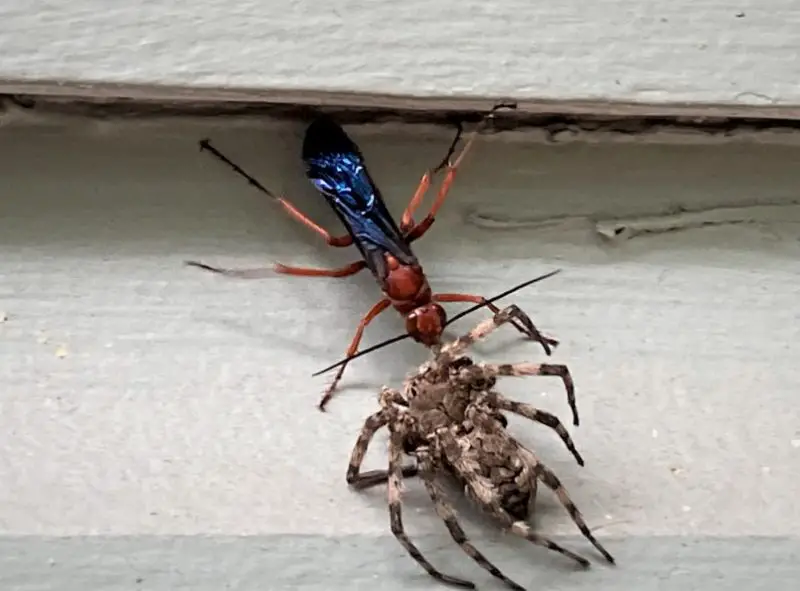
The large Rusty Spider Wasp (Tachypompilus ferrugineus) has iridescent blue to violet wings and a reddish-orange body. They paralyze their prey by feeding on giant spiders, which they then take to their nests to feed their young.
These wasps, which can reach a maximum size of 25 mm, do not pose a threat to humans and are frequently seen consuming nectar from flowers or excavating nests while carrying larger spiders.

